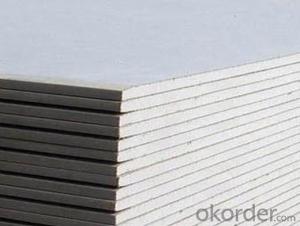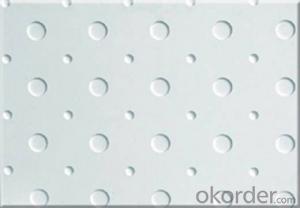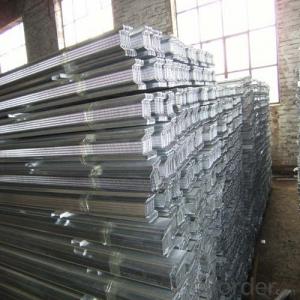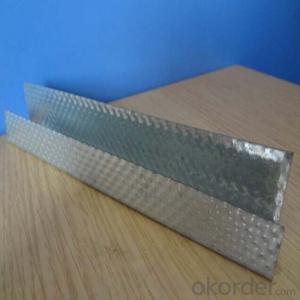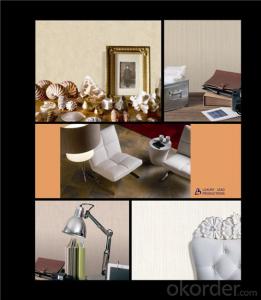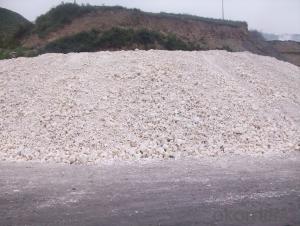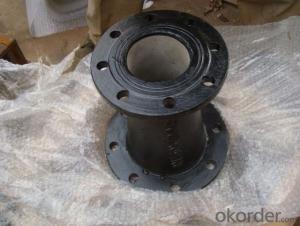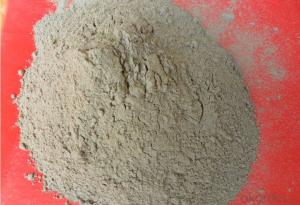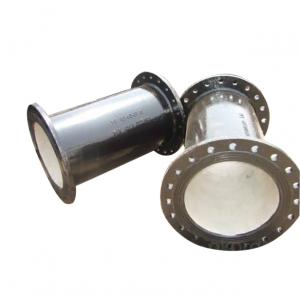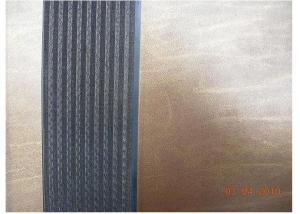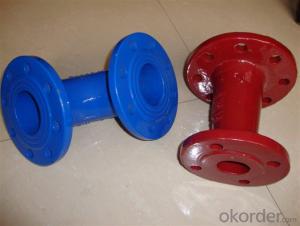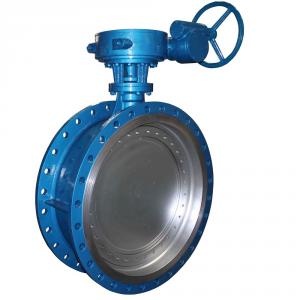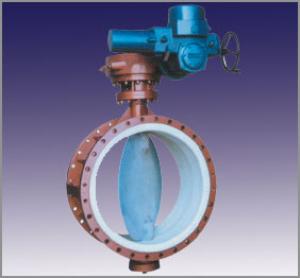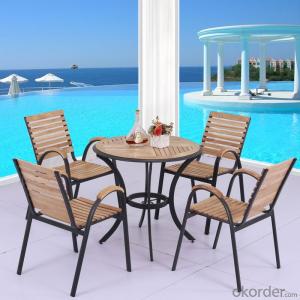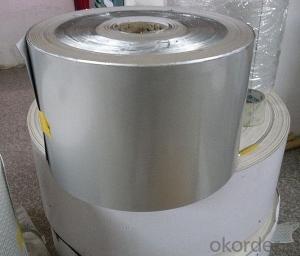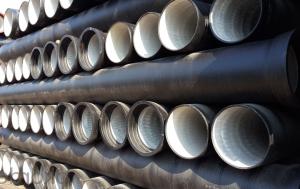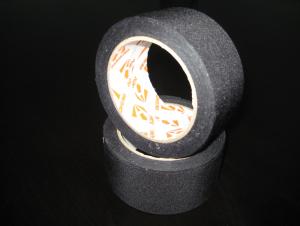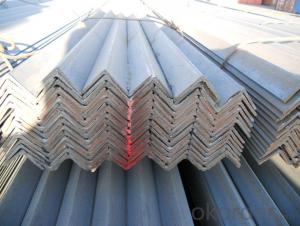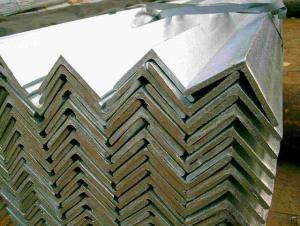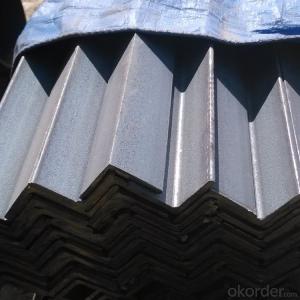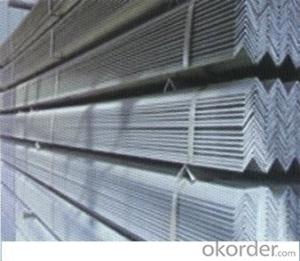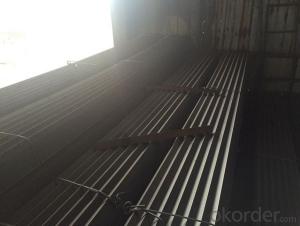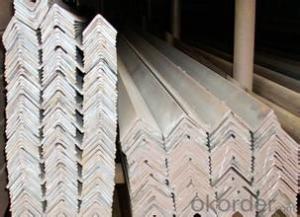Iron Raw Material
Iron Raw Material Related Searches
Raw Material For Solar Cells Ac Inverter For Solar Panels Plastic Wall Coverings For Bathrooms Fiberglass Sheets For Roofing Heat Reflective Material For Roof Wall Panels For Basement Felt Paper For Roofing Retaining Wall With Geogrid Plastic Coated Steel Roofing Sheets High Quality Roofing FeltHot Searches
Steel Mesh Panels For Sale Cheap High Tea Sets For Sale Cheap Solar Cells For Sale Q Cells Solar Panels For Sale Used Foam Board Insulation For Sale Welded Wire Panels For Sale Types Of Temporary Side Panels For Cement Deck Fiberglass Panels For Sale Magnesium Oxide Board For Sale Hdf Board For Sale sintra board for sale Cheap Mini Laptops For Sale Plywood For Sale Cheap Sandwich Panels For Sale resin panels for sale Cheap Washers For Sale Cheap Tall Vases For Sale Eps Panels For Sale Air Conditioner For Cheap Prices Gypsum Board Price Per Sheet In IndiaIron Raw Material Supplier & Manufacturer from China
Okorder.com is a professional Iron Raw Material supplier & manufacturer, offers integrated one-stop services including real-time quoting and online cargo tracking. We are funded by CNBM Group, a Fortune 500 enterprise and the largest Iron Raw Material firm in China.Hot Products
FAQ
- To determine the appropriate size of steel angle for a specific application, factors such as the load it needs to bear, the length of the span, the type of material being supported, and any applicable building codes or regulations should be considered. Structural engineers or professionals with expertise in steel construction can perform calculations and analysis to determine the required size of steel angle based on these factors.
- The maximum length for a curved steel angle depends on several factors, including the diameter of the curve, the thickness of the steel, and the specific requirements of the project or application. In general, the length of a curved steel angle can vary from a few inches to several feet. However, it is important to consult with a structural engineer or a manufacturer to determine the maximum length that can be achieved without compromising the structural integrity of the angle. Additionally, the manufacturing process and equipment available may also play a role in determining the maximum length achievable for a curved steel angle.
- Yes, steel angles can be used for staircase handrails. They are commonly used due to their durability, strength, and versatility in design. Steel angles provide a sturdy support system for staircase handrails and can be customized to fit different styles and preferences.
- Yes, steel angles can be used for machine frames. Steel angles are commonly used in construction and engineering applications due to their strength, versatility, and cost-effectiveness. When used in machine frames, steel angles provide structural support and stability. They can be easily welded or bolted together to create a rigid frame structure that can withstand heavy loads and vibrations. The angular shape of steel angles also allows for easy attachment of other components or accessories. Overall, steel angles are a popular choice for machine frames due to their durability and suitability for various industrial applications.
- To prevent buckling of steel angles under compressive loads, there are several measures that can be taken: 1. Increase the section modulus: The section modulus is a measure of the resistance of a cross-sectional shape to bending. By increasing the width or thickness of the steel angle, the section modulus can be increased, thereby enhancing its ability to resist compressive loads without buckling. 2. Increase the moment of inertia: The moment of inertia is a property of a cross-sectional shape that determines its resistance to bending. By increasing the moment of inertia, the steel angle becomes stiffer and less prone to buckling. This can be achieved by adding additional material or using a different cross-sectional shape with a greater moment of inertia. 3. Provide lateral support: Lateral support can be provided by adding bracing or stiffeners to the steel angle. This helps to distribute the compressive load and prevent buckling. The bracing or stiffeners should be designed to resist the applied loads and prevent any local distortions or deformations. 4. Use thicker or higher strength steel: By using thicker or higher strength steel, the steel angle can withstand higher compressive loads without buckling. Thicker steel has a higher resistance to bending, while higher strength steel can carry higher stresses before reaching its yield point. 5. Properly design and install connections: The connections between the steel angle and other structural members should be carefully designed and installed. Adequate connection details should be provided to ensure that the compressive load is transferred properly and that the steel angle is adequately supported. 6. Consider the effective length factor: The effective length factor is a parameter that accounts for the buckling behavior of a member. By properly considering the effective length factor in the design calculations, the risk of buckling can be minimized. 7. Conduct a thorough structural analysis: It is important to conduct a structural analysis to determine the expected compressive loads and potential buckling modes. By analyzing the structure using appropriate software or calculations, the necessary measures can be implemented to prevent buckling. Overall, preventing buckling of steel angles under compressive loads involves a combination of design considerations, material selection, and proper installation techniques. Following these measures will ensure the structural integrity and safety of the steel angles in various applications.
- Indeed, pedestrian bridges or walkways can utilize steel angles. Construction frequently employs steel angles owing to their robustness, longevity, and adaptability. By means of simple fabrication and welding, steel angles can effortlessly form the desired structural components for bridges and walkways. Bearing exceptional load capacities, steel angles are well-suited for supporting pedestrian traffic. Moreover, steel's corrosion-resistant qualities render it an ideal option for outdoor applications subject to weather exposure. In summary, the reliability and capacity to meet essential structural criteria render steel angles a favored selection for pedestrian bridges and walkways.
- Steel angles have the potential to be utilized in the construction of storage tanks. These angles are frequently employed in the construction sector due to their robustness, longevity, and adaptability. When it comes to storage tanks, steel angles can serve as structural elements to provide the necessary support and stability for the tank's framework. They are commonly employed to establish the framework for the tank's walls, roof, and base, thereby ensuring the overall strength and stability of the tank. Furthermore, steel angles can also be used to reinforce corners and joints, thereby enhancing the structural integrity of the tank. In general, incorporating steel angles into the construction of storage tanks is a dependable and cost-efficient option.
